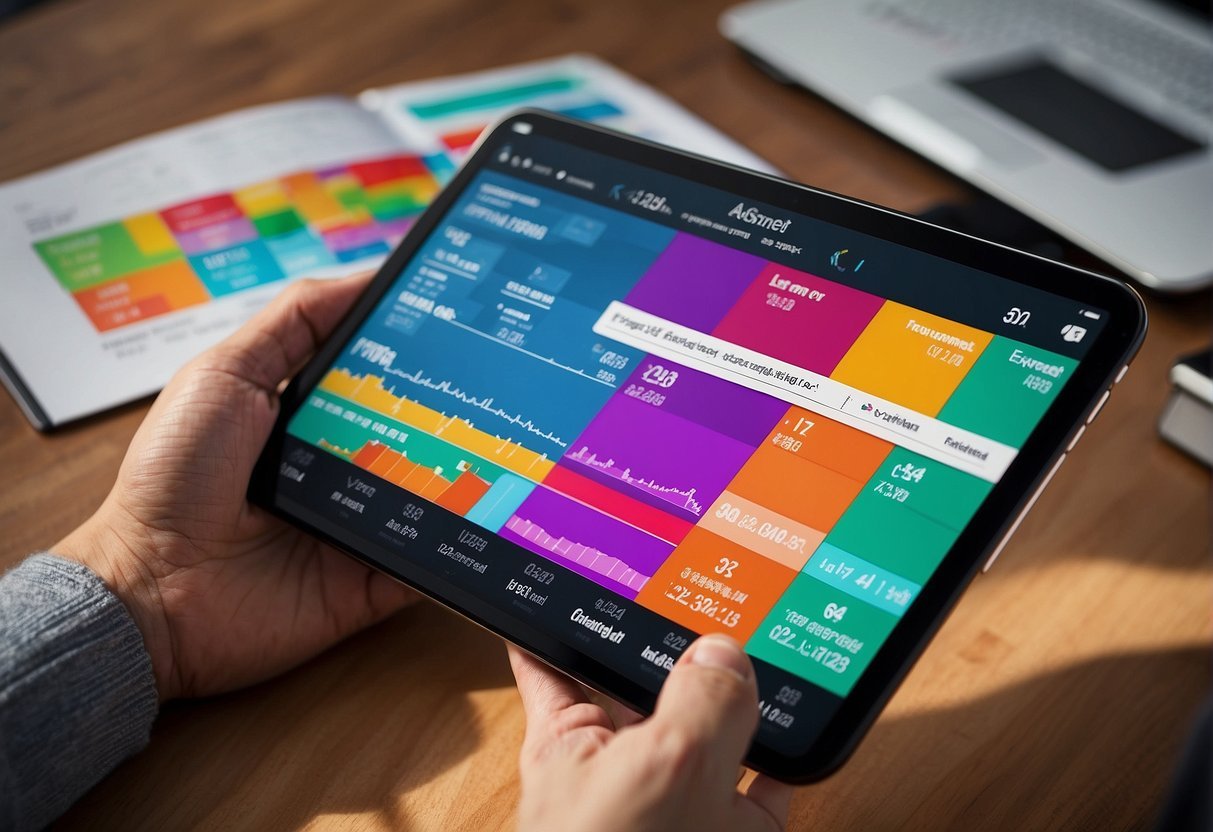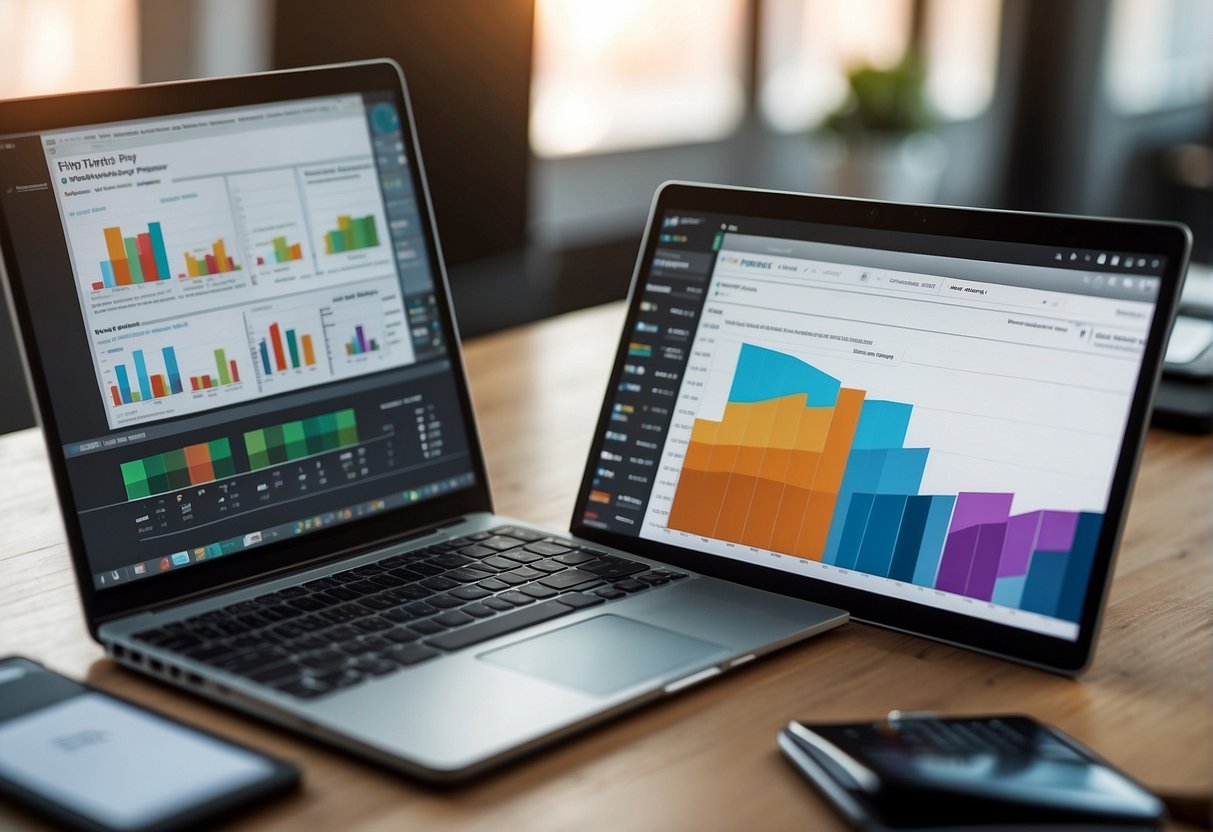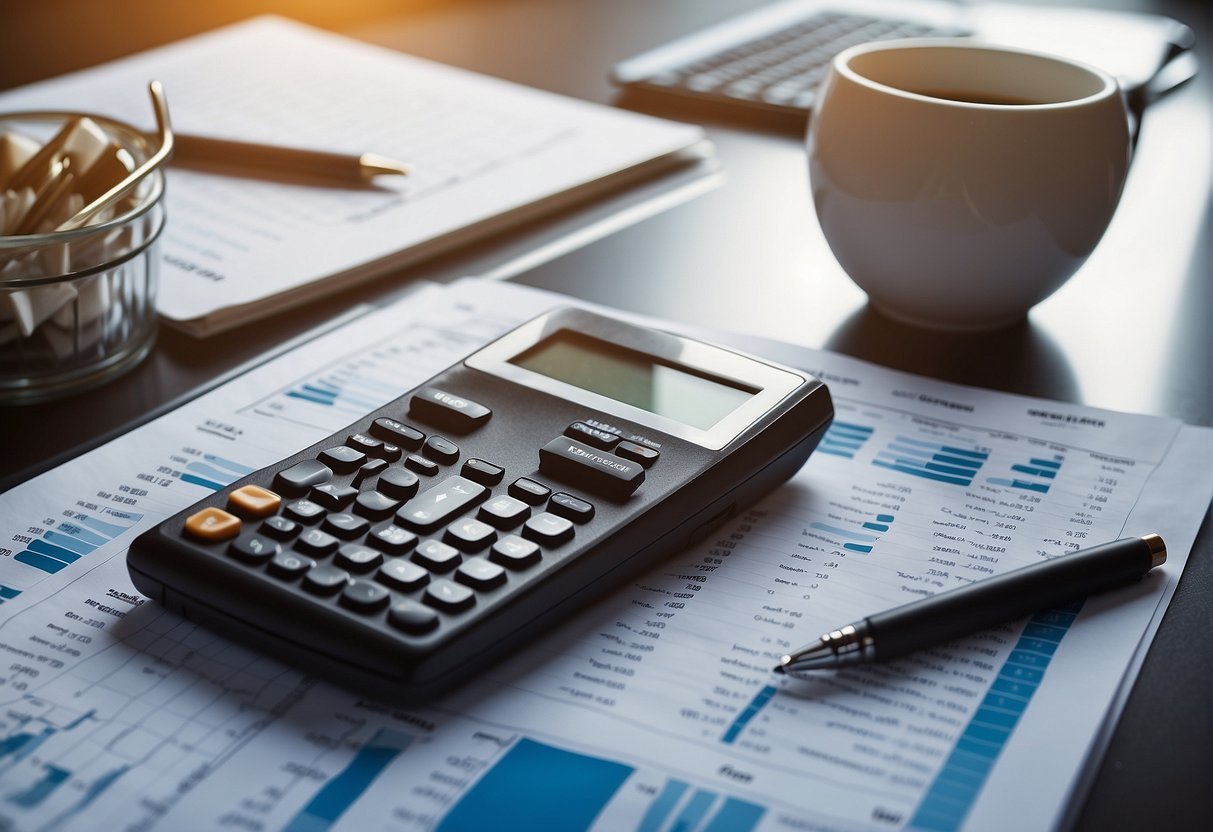Planificateur budgétaire numérique – Rationalisez vos finances avec des outils intelligents [Téléchargement PDF]
Managing personal finances effectively has become easier with the advent of digital budget planners. Designed to replace the traditional pen-and-paper method, these modern tools offer a streamlined way to track expenses, set savings goals, and monitor financial health.
Customizable and convenient, a digital budget planner adapts to fit your specific financial needs, enabling you to access your budget anytime, anywhere.

With intuitive interfaces and features, digital budget planners empower you to take control of your finances. Whether planning for a major purchase or simply trying to save more each month, these planners can guide you toward financial success.
They often come with the ability to sync with bank accounts and categorize transactions automatically, simplifying the process of managing your cash flow and ensuring that every dollar is accounted for.
Digital Budget Planner – Key Takeaways
- Digital budget planners offer a flexible and accessible approach to managing personal finances.
- The interactive features of digital planners assist in tracking and optimizing spending habits.
- Embracing digital finance tools can lead to better financial awareness and goal achievement.
Designing Your Digital Budget Planner

Creating a digital budget planner requires a balance between functionality and personalization. To design a planner that genuinely fits your financial management needs, you must determine which platform suits you best, how to customize your planner with templates and establish the budget categories critical for your financial tracking.
Selecting the Right Platform
When starting your digital budget planner, the first step is to choose the right platform. The platform should support your needed features and be compatible with your devices. Popular options like GoodNotes et Notability are flexible and favoured for their user-friendly interfaces. Consider if you need a platform that handles interactive PDFs, as this will be key for your planning and tracking activities.
Customization and Templates
A significant advantage of digital planners is the ability to customize your experience. Look for platforms offering a range of planner templates to jump-start your design process. These templates can often be modified to suit your preferences, allowing you to:
- Boldly highlight important dates or deadlines
- Italicize notes for quick scanning
- Use different colours or icons to categorize tasks
Customization options are essential as they enable you to create a planner as unique as your budgeting style.
Setting Up Budget Categories
For effective budget planning, setting up clear budget categories is crucial. Identify your income sources, fixed expenses, savings, and discretionary spending. Most budgeting digital planners will allow you to create custom categories, which might include:
- Rent or Mortgage
- Utilitaires
- Épiceries
- Divertissement
- Des économies
- Debt Repayment
By categorizing your expenses, you can better understand where your money is going and make informed decisions.
Managing Your Finances

Efficace financial management is crucial in achieving stability and reaching your monetary goals. It involves consistently tracking your cash flow, adhering to a budget, and planning for the present and future. With the right tools and strategies, you can take control of your finances, ensuring every dollar works for you.
Tracking Income and Expenses
To gain a comprehensive overview of your finances, track your income and all expenses regularly. Documenting every transaction gives you insight into spending patterns and areas where you can cut costs.
- Revenu: Any money received, such as wages, bonuses, and other earnings.
- Expenses: All outflows, including rent, groceries, and entertainment.
Consider these three simple steps to keep your finances in check:
- List your sources of income.
- Catalog all expenses, big or small.
- Revoir transaction history through your bank accounts and credit card statements.
Managing Bills and Subscriptions
Organize your recurring payments to avoid late fees and maintain service continuity. This may include:
- Utility Bills: Electricity, water, and gas payments.
- Subscriptions: Streaming services, gym memberships, and software licenses.
Budgeting apps often have features that help you:
- Set reminders for due dates.
- Automate payments when possible.
- Re-evaluate subscriptions to ensure they are still necessary and affordable.
Financial Goals and Savings
Setting and working towards financial goals is fundamental to a solid financial plan. A savings plan can support emergency funds, vacations, or education goals. Construct your savings goals with these steps:
- Define clear, achievable objectives.
- Determine a savings target for each objective.
- Allocate a portion of your income to each goal regularly.
Debt Tracking and Reduction
Minimizing debt is a core aspect of financial health. Here’s how to approach it:
- List all debts: Include credit cards, loans, and mortgages.
- Create a debt reduction plan: Prioritize high-interest debts for quicker payoff.
Budget planners can aid by visualizing your debts and tracking progress as you reduce balances.
Managing your finances successfully means being proactive about your budget, understanding your financial landscape, and taking informed actions to meet your objectives. Choosing the right digital tools, such as a budgeting app, can simplify these processes and promote better financial habits.






